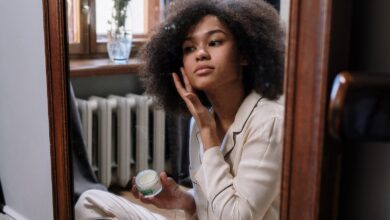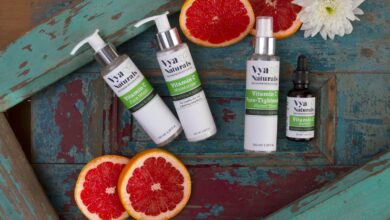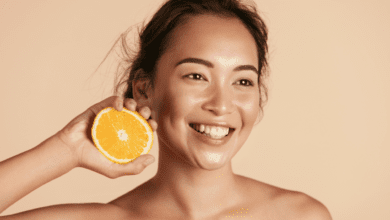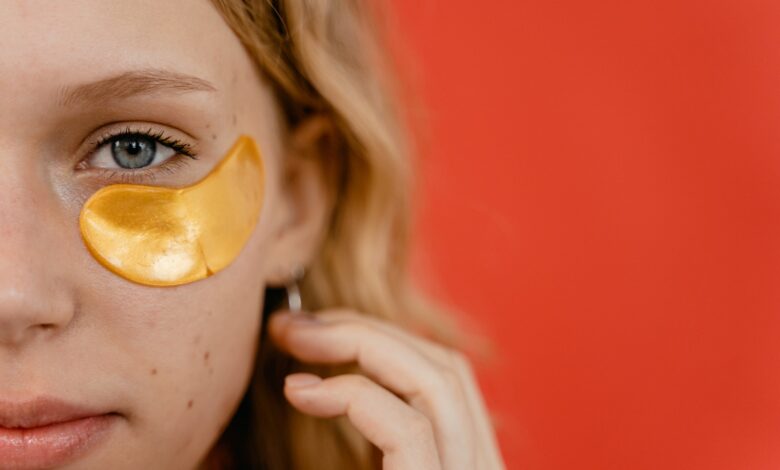
You’ve tried every skincare hack, beauty product, and DIY remedy, but those stubborn dark circles just won’t fade away. Well, despair no more because “Under-Eye Solutions: Banishing Dark Circles With Stylish.ae Techniques” has the answer you’ve been searching for. In this informative article, you’ll discover the secret to finally saying goodbye to those pesky under-eye bags and hello to a refreshed and rejuvenated look. With the help of stylish.ae’s innovative techniques, you’ll learn how to tackle dark circles head-on and achieve the radiant, well-rested appearance you’ve always desired. Say hello to brighter eyes and a newfound confidence – it’s time for a fresh start!
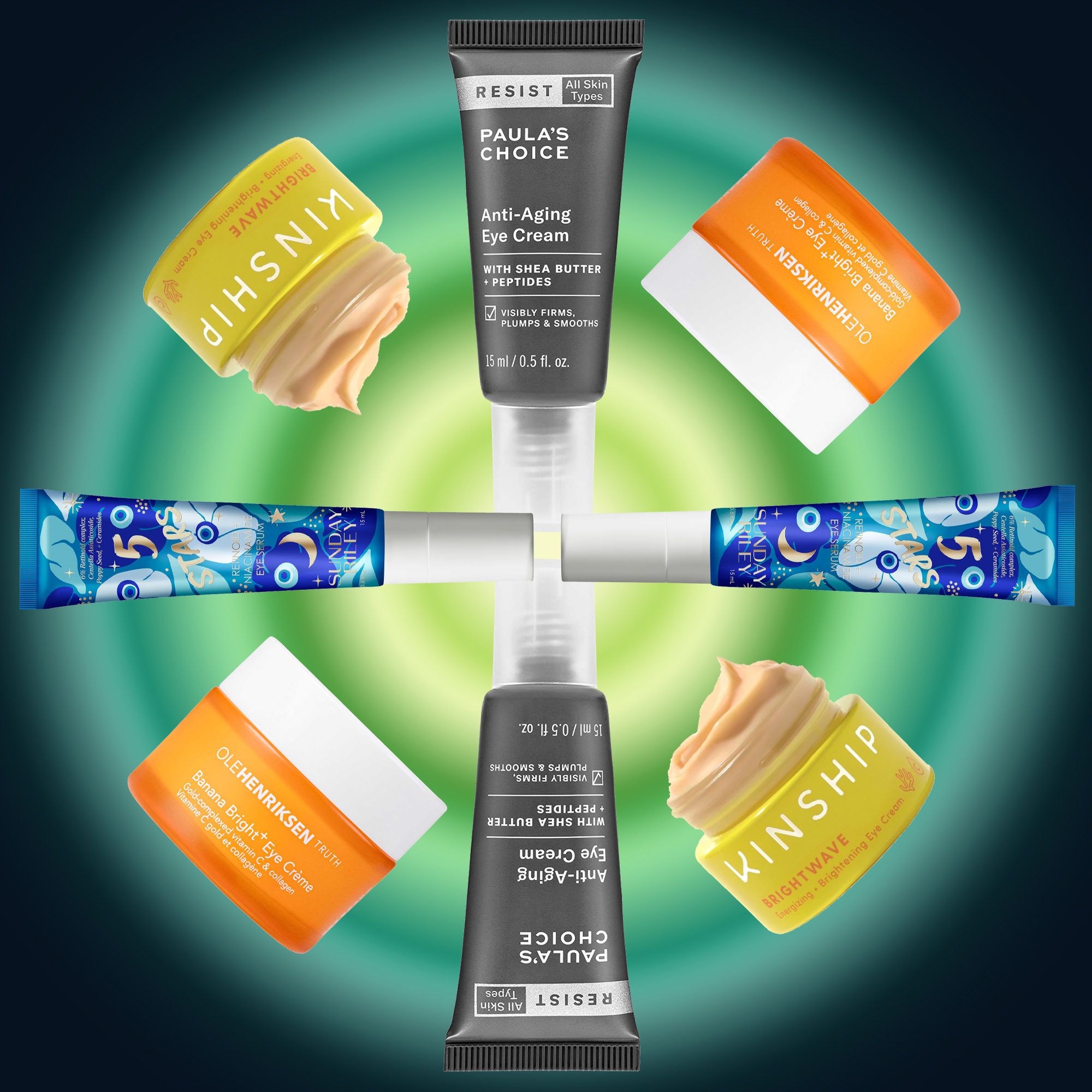
Causes of Dark Circles
Genetics
Dark circles can be caused by genetic factors. If your parents or other family members have dark circles, there is a higher chance that you will also develop them. This is because genetic factors can affect the thinness of the skin under your eyes, making blood vessels more visible and leading to the appearance of dark circles.
Lack of sleep
One of the most common causes of dark circles is lack of sleep. When you don’t get enough rest, the blood vessels under your eyes can become more prominent, resulting in a dark appearance. Poor sleep quality can also lead to pale and dull skin, further emphasizing the appearance of dark circles.
Stress
Stress can take a toll on your overall health, including your skin. When you are stressed, your body releases cortisol, a hormone that can affect blood circulation and cause the blood vessels under your eyes to dilate. This can result in the appearance of dark circles.
Poor diet
A diet lacking in essential nutrients can contribute to the development of dark circles. Nutrient deficiencies, such as iron or vitamin K deficiency, can affect the appearance of your skin. These deficiencies can lead to reduced collagen production and weakened blood vessels, making dark circles more noticeable.
Dehydration
Not drinking enough water can also contribute to the formation of dark circles. When your body is dehydrated, the skin under your eyes can become dull and dry. This can make the blood vessels under your eyes more visible and result in the appearance of dark circles.
Allergies
Allergies, such as hay fever, can cause dark circles to appear under your eyes. When you have an allergic reaction, your body releases histamines, which can cause blood vessels to dilate and become more noticeable. This can lead to the appearance of dark circles.
Sun exposure
Excessive sun exposure can damage the delicate skin under your eyes and lead to the appearance of dark circles. The sun’s harmful UV rays can cause pigmentation changes and collagen breakdown, making the blood vessels under your eyes more visible.
Ageing
As we age, the skin under our eyes becomes thinner and loses elasticity. This can make the blood vessels under our eyes more prominent, resulting in the appearance of dark circles. Additionally, as we age, we may also experience a loss of subcutaneous fat, which can contribute to a sunken appearance under the eyes, further emphasizing dark circles.
Smoking
Smoking is not only harmful to your overall health, but it can also contribute to the development of dark circles. Smoking can lead to poor blood circulation and damage the collagen and elastin fibers in your skin. This can make the blood vessels under your eyes more noticeable and result in the appearance of dark circles.
Eye strain
Spending long hours in front of screens or reading in poor lighting can strain your eyes and contribute to the formation of dark circles. Eye strain can cause blood vessels to dilate and become more visible, resulting in the appearance of dark circles.
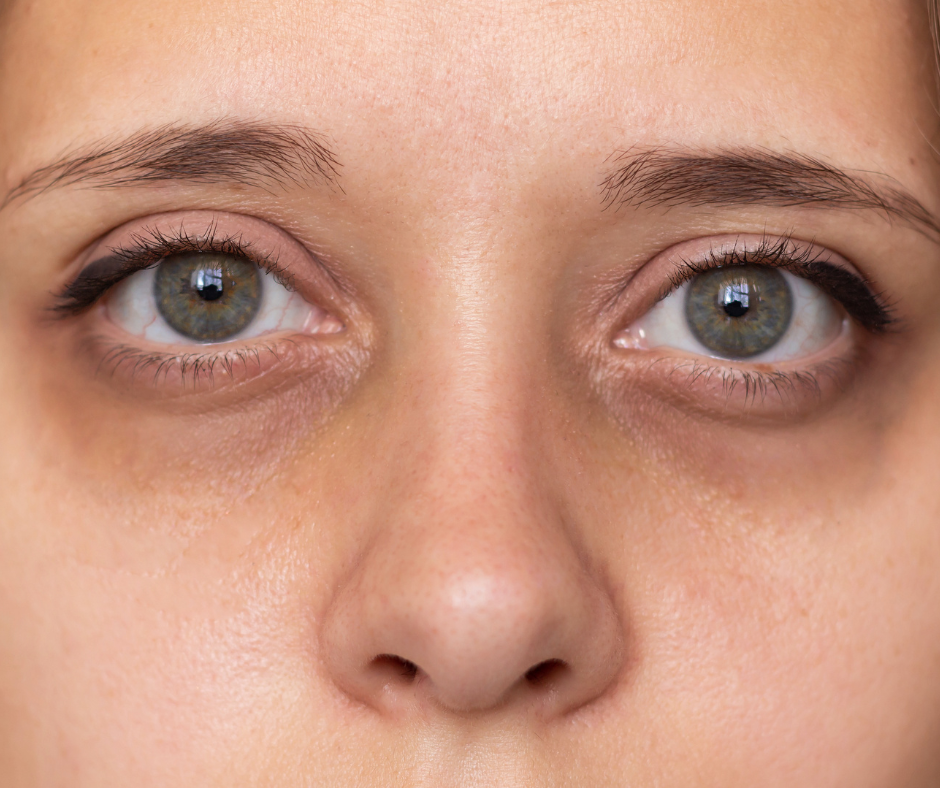
Basic Lifestyle Changes
Get enough sleep
Getting an adequate amount of sleep is crucial for maintaining healthy-looking skin, including the skin under your eyes. Aim for 7-9 hours of quality sleep each night to help reduce the appearance of dark circles.
Manage stress
Incorporating stress-management techniques into your daily routine can help prevent and reduce dark circles. Try activities such as yoga, meditation, or deep breathing exercises to help minimize stress levels and improve the appearance of your skin.
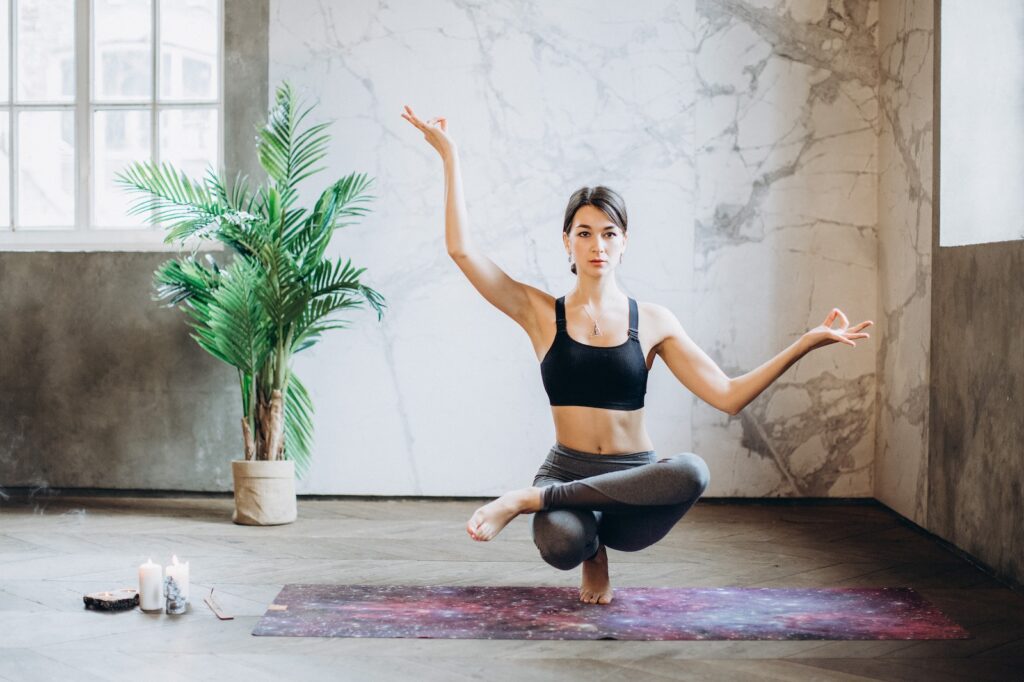
Maintain a healthy diet
Eating a balanced diet that is rich in nutrients can contribute to healthier-looking skin. Include foods that are high in antioxidants, vitamins, and minerals, such as fruits, vegetables, whole grains, and lean proteins, to support skin health and minimize the appearance of dark circles.

Stay hydrated
Make sure to drink enough water throughout the day to keep your body properly hydrated. This can help maintain the moisture levels in your skin and prevent the skin under your eyes from becoming dry and dull, which can emphasize the appearance of dark circles.

Avoid allergens
If you have allergies, take steps to avoid allergens that can trigger allergic reactions and lead to the appearance of dark circles. This may include avoiding certain foods, using hypoallergenic products, and keeping your living environment clean and free from potential allergens.
Protect from sun exposure
Wearing sunscreen and using protective measures, such as wearing sunglasses and hats, can help protect the delicate skin under your eyes from the damaging effects of the sun’s UV rays. This can help prevent pigmentation changes and collagen breakdown, which can contribute to the appearance of dark circles.
Quit smoking
If you smoke, quitting can have numerous benefits for your overall health, including the appearance of your skin. By quitting smoking, you can improve blood circulation, reduce collagen and elastin damage, and minimize the appearance of dark circles.
Take regular breaks from screen-time
To prevent eye strain and reduce the risk of developing dark circles, make it a habit to take regular breaks from prolonged screen time. Follow the 20-20-20 rule – every 20 minutes, look away from your screen and focus on an object 20 feet away for 20 seconds.
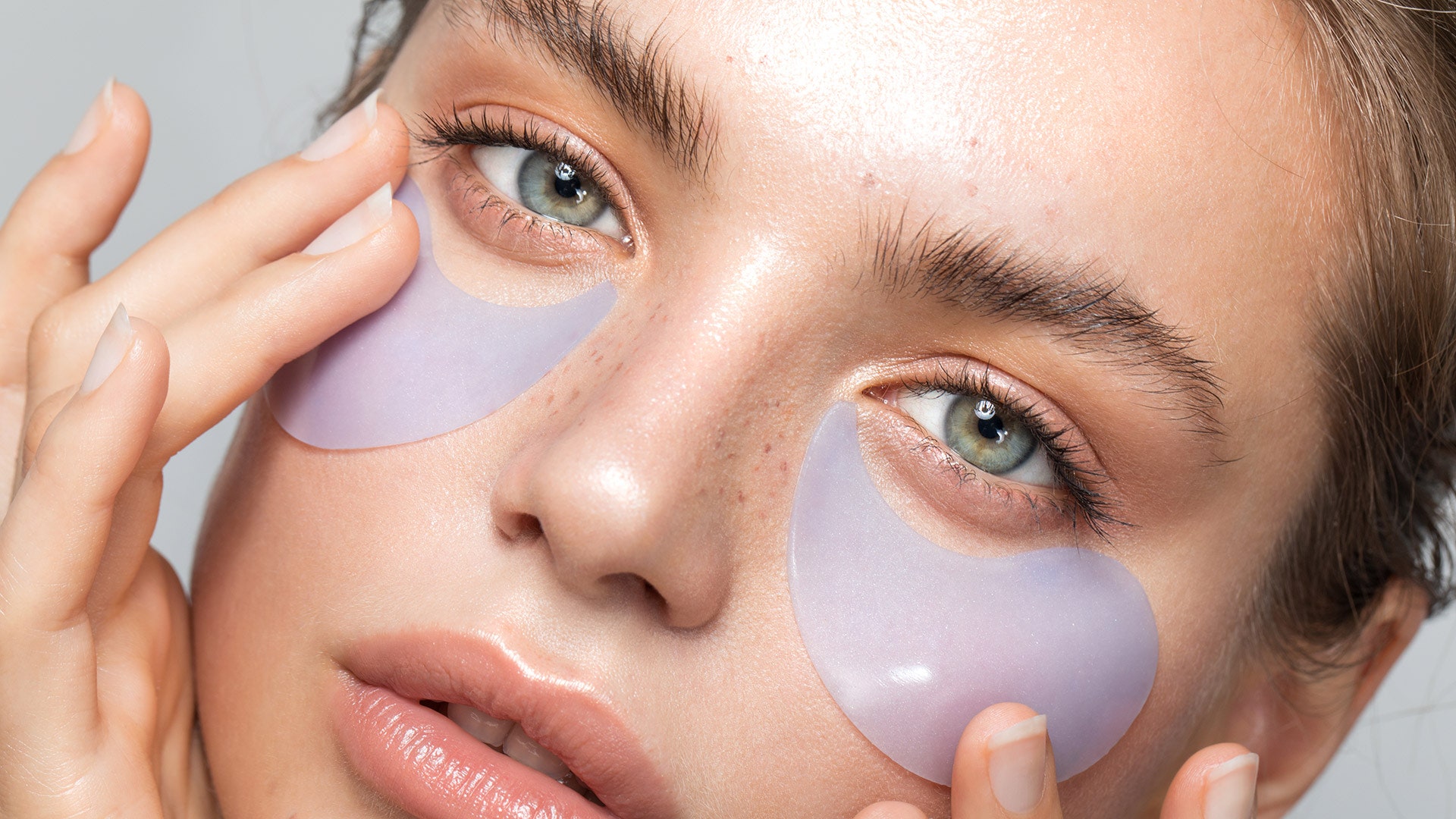
Home Remedies
Cold compress
Applying a cold compress, such as a chilled washcloth or ice pack, to the area under your eyes can help constrict blood vessels and reduce the appearance of dark circles. Gently place the cold compress on your closed eyes for several minutes at a time.
Cucumber slices
Cucumber slices have a cooling and soothing effect on the skin. Place chilled cucumber slices on your closed eyes for around 10-15 minutes to help reduce puffiness and the appearance of dark circles.
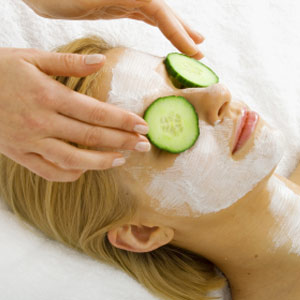
Tea bags
Using cold tea bags, particularly ones infused with chamomile or green tea, can help reduce the appearance of dark circles. Place the brewed and cooled tea bags on your closed eyes for 10-15 minutes to help reduce inflammation and tighten blood vessels.
Potato slices
Potatoes have natural bleaching properties that can help lighten the skin and reduce the appearance of dark circles. Place chilled potato slices on your closed eyes for around 10-15 minutes to help diminish dark circles.
Almond oil
Massaging a few drops of almond oil gently into the skin under your eyes can help improve blood circulation and reduce the appearance of dark circles. Leave the almond oil on overnight for best results.
Rose water
Rose water has soothing and rejuvenating properties that can help reduce dark circles and puffiness. Apply chilled rose water to a cotton pad and gently dab it on the area under your eyes.

Aloe vera gel
Aloe vera gel has moisturizing and cooling properties that can help reduce the appearance of dark circles. Apply a small amount of chilled aloe vera gel to the area under your eyes and gently massage it in.
Tomato juice
Tomato juice has natural skin-lightening properties that can help reduce the appearance of dark circles. Apply a small amount of fresh tomato juice to the area under your eyes and let it sit for 10-15 minutes before rinsing off.
Lemon juice
Lemon juice contains citric acid, which can help lighten the skin and reduce the appearance of dark circles. Mix equal parts lemon juice and water, and apply the mixture to the area under your eyes with a cotton pad. Leave it on for 10-15 minutes before rinsing off.
Mint leaves
Crushed mint leaves can help soothe and refresh the skin under your eyes, reducing the appearance of dark circles. Mix crushed mint leaves with water to form a paste and apply it to the area under your eyes for 10-15 minutes before rinsing off.
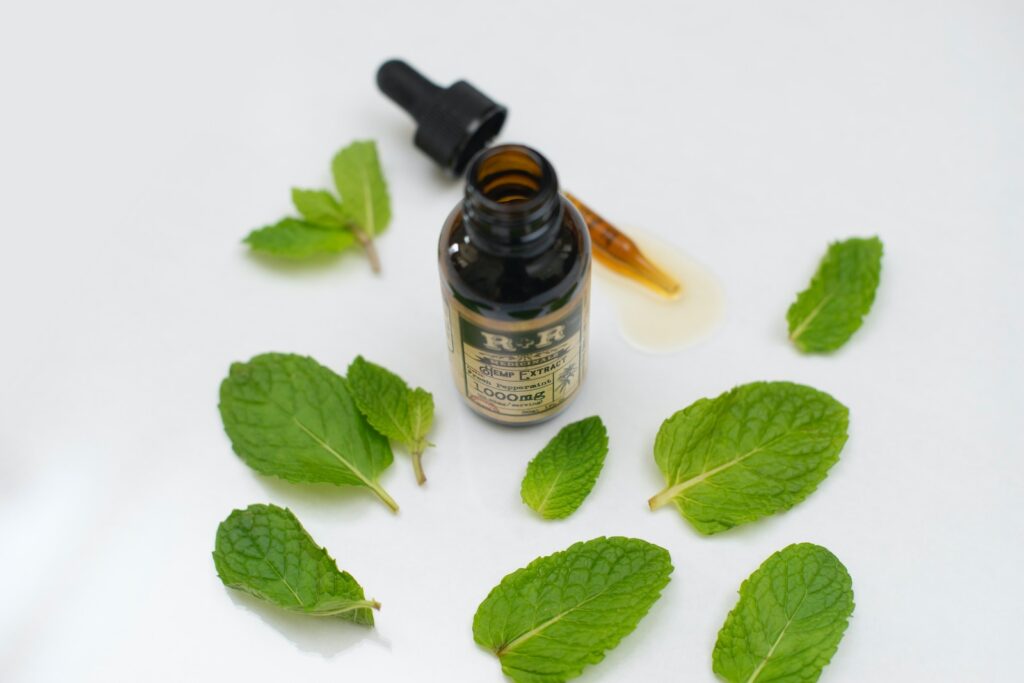
Skincare Products
Eye creams
Eye creams specifically formulated to target dark circles can help improve the appearance of your under-eye area. Look for eye creams that contain ingredients such as vitamin C, retinol, caffeine, and hyaluronic acid.
Serums
Serums enriched with antioxidants and brightening ingredients can help reduce the appearance of dark circles. Look for serums that contain ingredients such as vitamin C, niacinamide, and kojic acid.

Gels
Gel-based products can offer a cooling and soothing effect to the under-eye area, helping to reduce puffiness and the appearance of dark circles. Look for gels that contain ingredients such as cucumber extract, aloe vera, and caffeine.
Rollerballs
Rollerball applicators can provide a gentle massage to the under-eye area while applying product, helping to improve blood circulation and reduce the appearance of dark circles. Look for rollerballs that are infused with ingredients such as hyaluronic acid, vitamin K, and peptides.
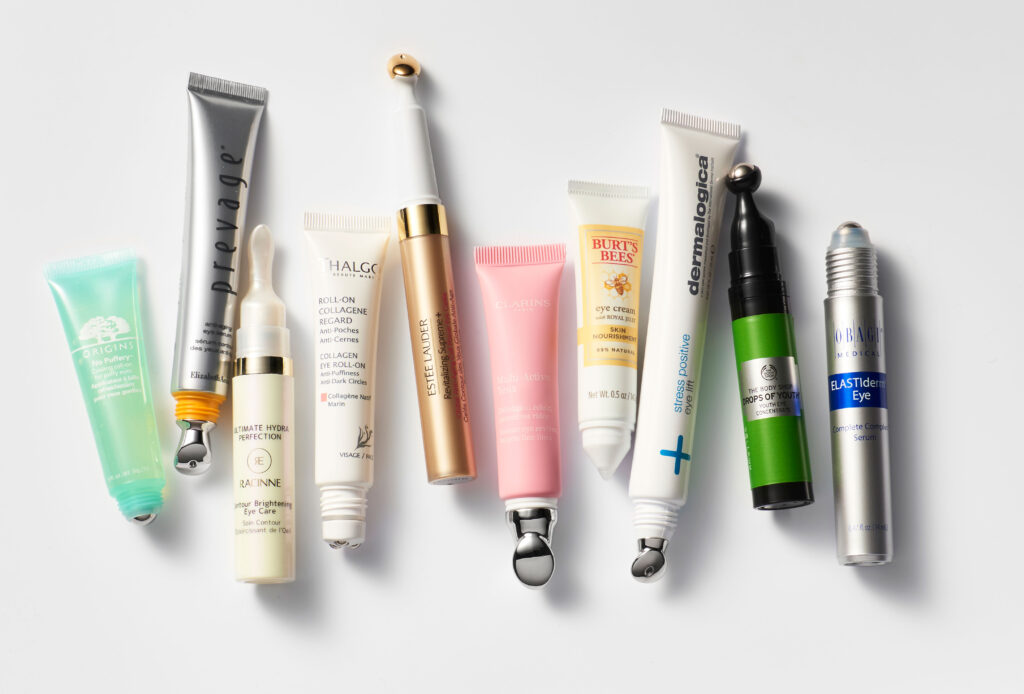
Concealers
Concealers can be used to cover up dark circles and create a more even skin tone. Choose a concealer that matches your skin tone and has a creamy, blendable texture. Apply the concealer using a small, fluffy brush or a beauty sponge, and gently blend it into the skin.
Color correctors
Color correctors can help neutralize the darkness under your eyes before applying concealer. Choose a color corrector that suits your skin tone – peach or salmon tones work well for lighter skin tones, while orange or red tones work well for darker skin tones.
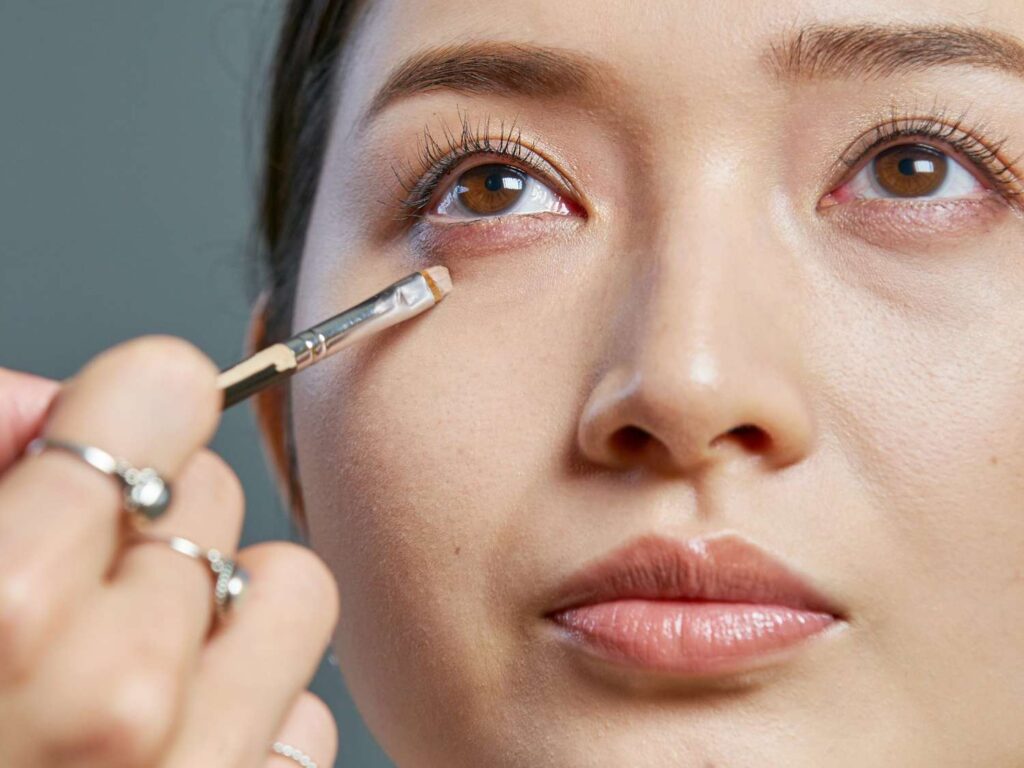
Primers
Using a primer specifically formulated for the under-eye area can help create a smooth base for concealer and prevent it from creasing or settling into fine lines. Look for primers that are hydrating and provide a brightening effect.
Face masks
Face masks that are designed to target dark circles can help improve the appearance of the under-eye area. Look for face masks that contain ingredients such as vitamin C, niacinamide, and collagen.
Chemical peels
Chemical peels can help exfoliate the skin and promote cell turnover, reducing the appearance of dark circles over time. Consult with a skincare professional to determine the most suitable chemical peel for your skin type and concerns.
Eye patches
Eye patches or eye masks can provide a concentrated dose of hydration and active ingredients to the under-eye area, helping to reduce the appearance of dark circles. Look for eye patches that contain ingredients such as hyaluronic acid, peptides, and collagen.
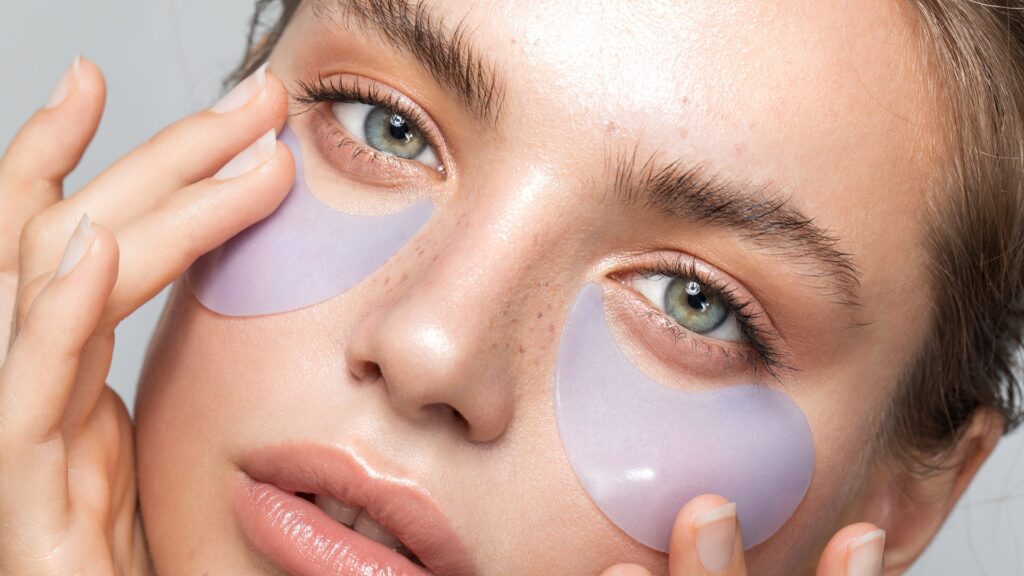
Makeup Techniques
Color correction
Color correction involves using color correctors to neutralize the darkness under the eyes before applying concealer. Apply a peach or salmon-toned color corrector to the under-eye area using a small brush or your fingertips, and gently blend it in before applying your foundation and concealer.
Concealing
Concealing dark circles involves using a concealer to cover up the darkness and create a more even skin tone. Choose a concealer that matches your skin tone and has a creamy, blendable texture. Apply the concealer using a small, fluffy brush or a beauty sponge, and gently blend it into the skin.
Highlighting
Highlighting the under-eye area can help brighten and enhance the appearance of the eyes, minimizing the appearance of dark circles. Use a lightweight, luminous highlighter and apply it to the inner corners of the eyes and along the orbital bone, blending it gently with your fingertips or a brush.
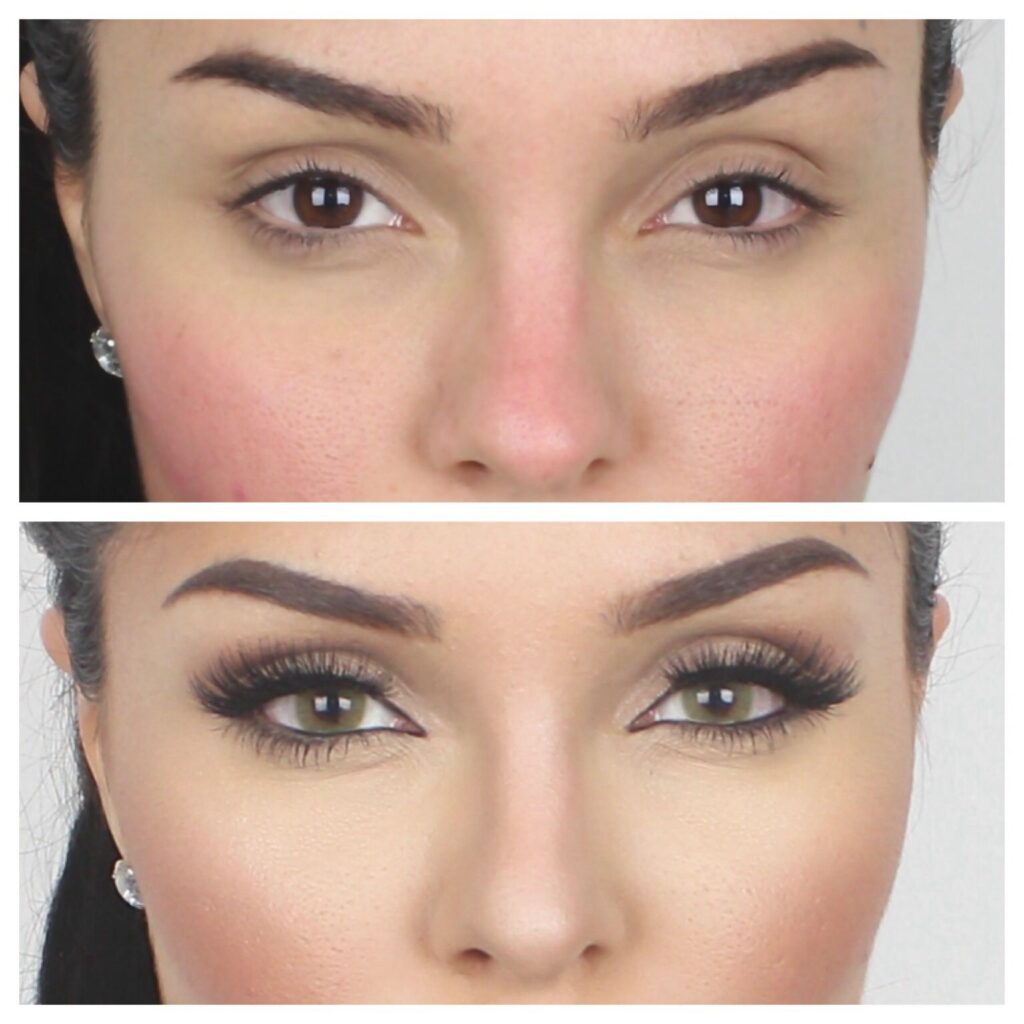
Setting powder
Setting powder can help prevent creasing and ensure that your concealer stays in place throughout the day. Choose a lightweight, translucent setting powder and apply a small amount to the under-eye area using a fluffy brush or a makeup sponge.
Eye primer
Using an eye primer specifically formulated for the under-eye area can help create a smooth base for makeup application and prevent creasing. Apply a small amount of eye primer to the under-eye area and gently blend it in using your fingertips.
Choosing the right shades
When applying foundation and concealer, choose shades that closely match your skin tone to create a seamless and natural-looking finish. Avoid using shades that are too light or too dark, as they can accentuate the appearance of dark circles.

Using a hydrating foundation
Using a hydrating foundation can help moisturize the under-eye area and prevent it from becoming dry and dull. Look for foundations that offer a dewy or satin finish, and apply them to the entire face, including the under-eye area, using a foundation brush or makeup sponge.
Avoiding heavy eye makeup
Avoiding heavy eye makeup can help prevent the focus from being drawn to the under-eye area. Instead, opt for natural and minimal eye makeup looks that enhance your natural features without emphasizing dark circles.
Medical Treatments
Topical creams
Topical creams that contain ingredients such as retinol, hydroquinone, and vitamin K can help improve the appearance of dark circles. These creams work by promoting collagen production, reducing melanin production, and improving blood circulation.
Chemical peels
Chemical peels performed by a skincare professional can help exfoliate the skin and promote cell turnover, reducing the appearance of dark circles over time. Chemical peels can be customized to your specific skin concerns and may involve the use of ingredients such as alpha-hydroxy acids or trichloroacetic acid.
Intense Pulsed Light (IPL)
Intense Pulsed Light (IPL) therapy uses pulses of light to target and break down pigmentation in the skin. IPL can be effective in reducing the appearance of dark circles caused by pigmentation concerns.
Laser therapy
Laser therapy can be used to target and break down the pigmentation in the skin that contributes to the appearance of dark circles. Laser treatments can be customized to your specific concerns and may require multiple sessions for optimal results.
Dermal fillers
Dermal fillers can be injected into the under-eye area to fill in hollows or sunken areas, reducing the appearance of dark circles. This treatment can provide immediate results and may last for several months to a year, depending on the type of filler used.
Platelet-Rich Plasma (PRP) therapy
Platelet-Rich Plasma (PRP) therapy involves drawing your blood, processing it to isolate the platelet-rich plasma, and then injecting it into the under-eye area. PRP therapy stimulates collagen production and can improve the appearance of dark circles over time.
Microdermabrasion
Microdermabrasion involves using a handheld device to exfoliate the top layer of skin, helping to reduce the appearance of dark circles. This treatment can be performed by a skincare professional and may require multiple sessions for optimal results.
Radiofrequency treatment
Radiofrequency treatment utilizes radiofrequency energy to heat the deep layers of the skin, stimulating collagen production and reducing the appearance of dark circles. This treatment can be performed by a skincare professional and may require multiple sessions for optimal results.
Cryotherapy
Cryotherapy involves the use of extreme cold temperatures to target and reduce blood vessels under the eyes, minimizing the appearance of dark circles. This treatment is typically performed by a skincare professional and may require multiple sessions for optimal results.
Skin resurfacing
Skin resurfacing treatments, such as laser resurfacing or chemical peels, can help improve the texture and tone of the skin under the eyes, reducing the appearance of dark circles. These treatments can be performed by a skincare professional and may require downtime for the skin to heal.
Microblading and Brow Shaping
Creating eyebrow symmetry
Microblading and brow shaping techniques can be used to create symmetry and balance in the eyebrows, enhancing the overall appearance of the face and diverting attention from dark circles under the eyes.
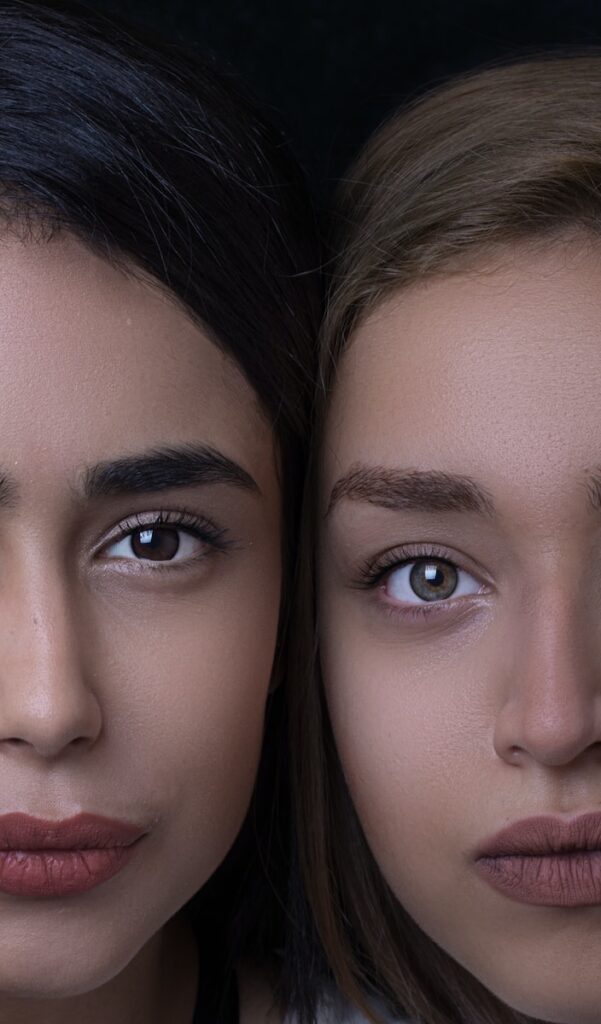
Choosing the right brow shape
The right brow shape can help frame your face and draw attention away from dark circles under the eyes. Consult with a brow specialist to determine the most flattering brow shape for your face shape and features.
Filling in sparse areas
Microblading and brow shaping techniques can be used to fill in sparse areas of the eyebrows, creating a fuller and more defined look. This can help draw attention away from dark circles under the eyes and enhance the overall symmetry of the face.
Enhancing natural arches
Microblading and brow shaping techniques can enhance the natural arches of the eyebrows, creating a more lifted and youthful appearance. This can help divert attention from dark circles under the eyes and create a more balanced facial structure.
Using brow products
Using brow products, such as pencils, powders, or gels, can help fill in and shape the eyebrows, creating a more defined and polished look. Choose brow products that match your natural hair color and use them to accentuate the arches of your eyebrows.
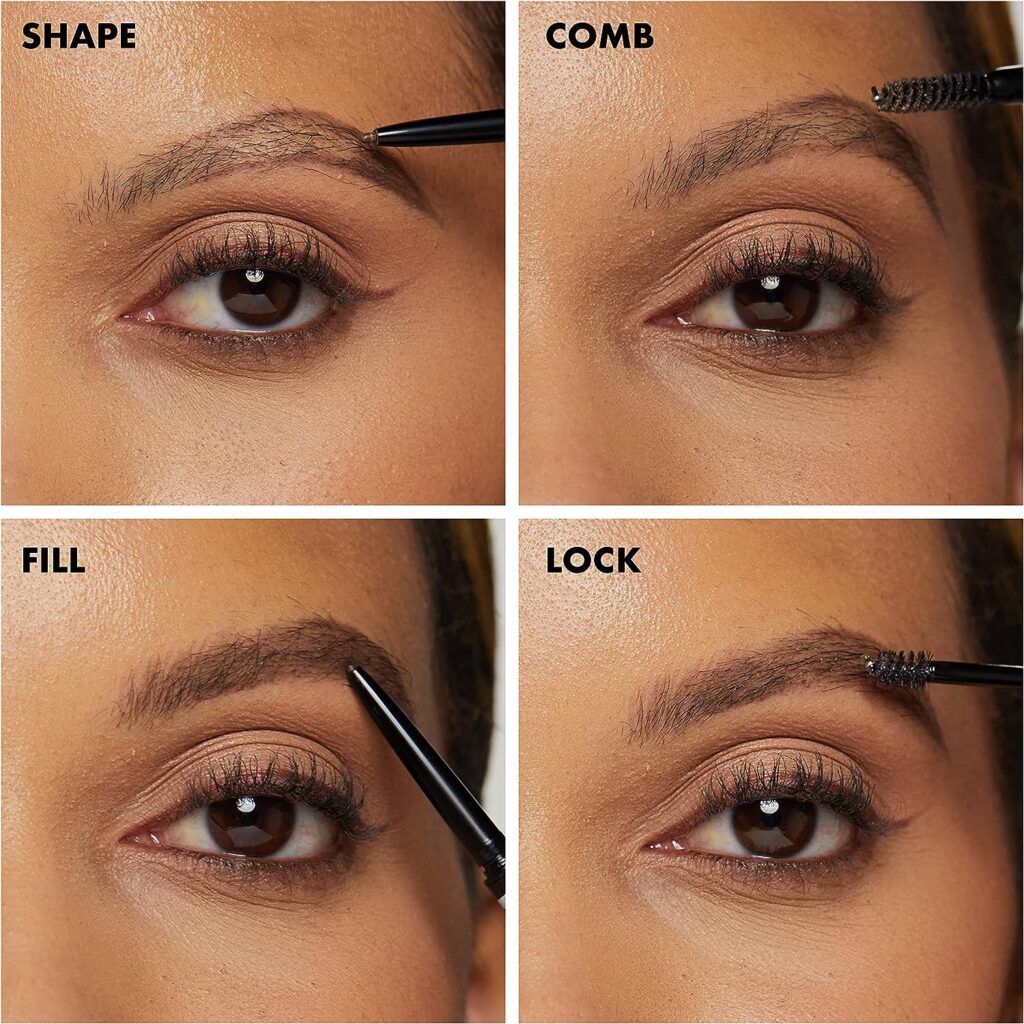
Eyebrow tinting
Eyebrow tinting can help darken and define the eyebrows, creating a more prominent and framed look. By making the eyebrows more noticeable, attention can be diverted away from dark circles under the eyes.
Microblading techniques
Microblading involves using a handheld tool to create realistic hair-like strokes in the eyebrows, mimicking the appearance of natural eyebrow hairs. This technique can help fill in sparse areas and create a more defined and symmetrical look.
Aftercare tips
After microblading or brow shaping treatments, it’s important to follow proper aftercare instructions to ensure the best results. This may include avoiding excessive rubbing, exposure to water, and applying recommended healing creams or ointments.
Touch-up sessions
Microblading and brow shaping may require touch-up sessions to maintain the desired shape and color. Consult with a brow specialist to determine the recommended frequency of touch-up sessions for best results.
Preventing Dark Circles
Sun protection
Protecting your skin from the sun’s harmful UV rays can help prevent the formation of dark circles. Always wear sunscreen with a high SPF, and use protective measures such as hats and sunglasses when exposed to the sun.
Eye protection
Wearing sunglasses that provide 100% UV protection can help protect the delicate skin around your eyes from sun damage. This can help prevent pigmentation changes and collagen breakdown, which can contribute to the appearance of dark circles.

Proper sleep routine
Establishing a proper sleep routine and consistently getting enough restful sleep can help prevent the formation of dark circles. Aim for 7-9 hours of quality sleep each night to promote overall skin health.
Healthy hydration
Drinking enough water throughout the day is essential for maintaining hydrated and healthy-looking skin. Proper hydration can prevent the skin under your eyes from becoming dry and dull, reducing the appearance of dark circles.
Balanced diet
Eating a balanced diet that includes a variety of fruits, vegetables, whole grains, and lean proteins can provide essential nutrients for maintaining healthy-looking skin. Nutrient deficiencies can contribute to the formation of dark circles, so make sure to fuel your body with the right foods.
Stress management
Implementing stress-management techniques, such as meditation, exercise, or engaging in hobbies, can help prevent dark circles caused by stress. By managing stress levels, you can promote overall skin health and reduce the appearance of dark circles.
Allergen avoidance
If you have allergies, taking steps to avoid allergens that trigger allergic reactions can help prevent the formation of dark circles. This may include avoiding certain foods, using hypoallergenic products, and keeping your living environment clean and free from potential allergens.
Regular eye exercises
Regular eye exercises, such as eye rolls, blinking exercises, and focusing on near and far objects, can help improve blood circulation and reduce the risk of developing dark circles. Incorporate these exercises into your daily routine to keep your eye muscles strong and healthy.
Limited screen time
Limiting your screen time and taking regular breaks from prolonged screen use can help prevent eye strain and reduce the risk of developing dark circles. Follow the 20-20-20 rule – every 20 minutes, look away from your screen and focus on an object 20 feet away for 20 seconds.
Avoiding smoking
Smoking not only has numerous detrimental effects on your overall health, but it can also contribute to the development of dark circles. By avoiding smoking, you can improve blood circulation, protect collagen and elastin fibers, and minimize the appearance of dark circles.
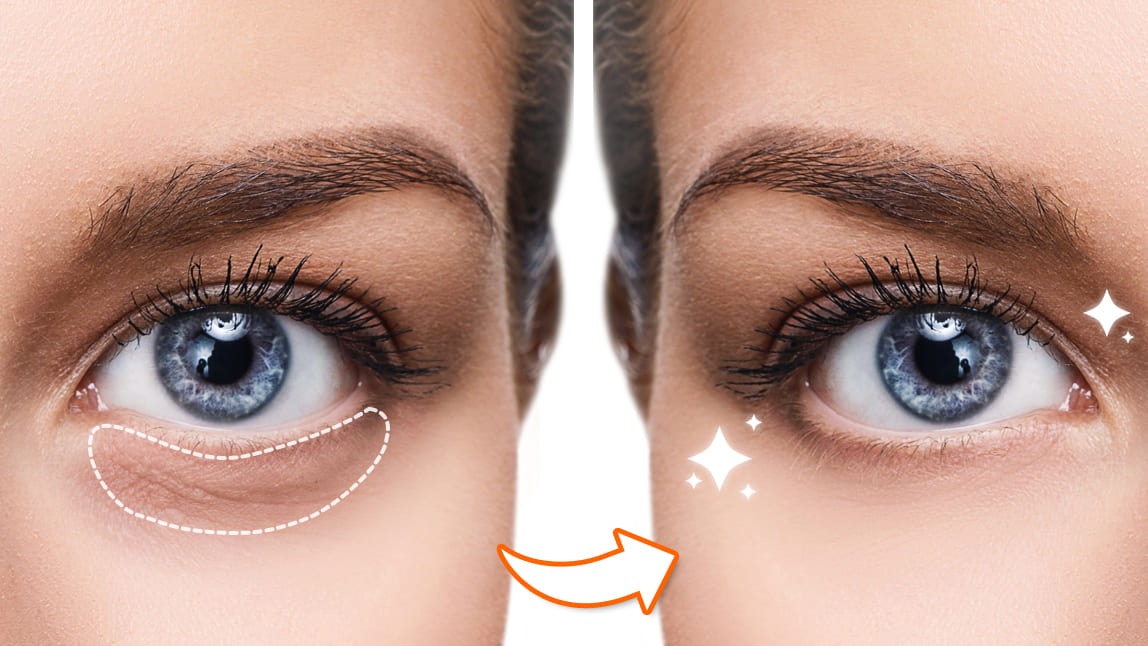
Consulting a Professional
Dermatologist
If you are concerned about persistent dark circles, it may be beneficial to consult a dermatologist who can assess your skin and recommend appropriate treatments or skincare products.
Aesthetician
An aesthetician can provide professional skincare treatments and recommendations to help improve the appearance of dark circles. They can perform treatments such as chemical peels, microdermabrasion, or recommend appropriate skincare products.
Cosmetologist
A cosmetologist can provide guidance on makeup techniques and suggest products that can help conceal or minimize the appearance of dark circles. They can also recommend skincare products suitable for your skin type and concerns.
Ophthalmologist
If you have underlying eye conditions or concerns related to dark circles, consulting an ophthalmologist can provide specialized care and recommendations. They can assess your eye health and provide guidance on treatments or lifestyle changes.
Plastic surgeon
In severe cases, where dark circles are caused by structural issues, a plastic surgeon may be consulted. They can perform procedures such as blepharoplasty or fat transfer to address specific concerns related to dark circles.
Makeup artist
A professional makeup artist can provide expert advice on makeup techniques to help minimize the appearance of dark circles and enhance your overall look. They can recommend suitable products and teach you application techniques.
Hair stylist
Consulting a hair stylist can help provide guidance on hairstyles and haircuts that can divert attention from dark circles. They can suggest suitable hairstyles that frame your face and draw attention to other features.
Conclusion
Banishing dark circles requires a multi-faceted approach, addressing both lifestyle changes and utilizing various techniques and products. By understanding the causes of dark circles and implementing basic lifestyle changes such as getting enough sleep, managing stress, maintaining a healthy diet, and staying hydrated, you can help minimize their appearance. Home remedies, skincare products, makeup techniques, and professional treatments can also play a role in reducing dark circles and enhancing the overall appearance of your under-eye area. Ultimately, it’s important to remember that everyone’s journey to banishing dark circles will be unique, and embracing your unique features with confidence and self-acceptance is key.

